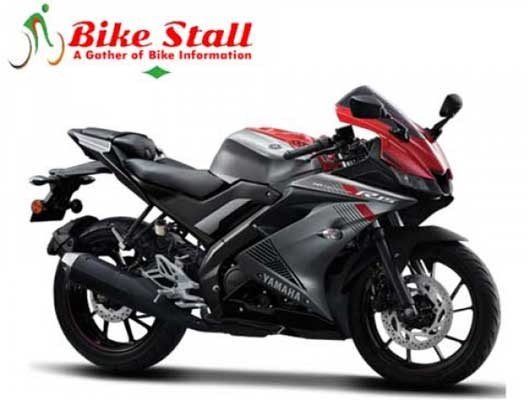What is "Compression Ratio" in a motorcycle?

Compression Ratio in a motorcycle refers to the ratio of the volume of the cylinder when the piston is at the bottom of its stroke (BDC) to the volume of the cylinder when the piston is at the top of its stroke (TDC). The compression ratio is a crucial factor in determining an engine's efficiency, power, and torque output.
The compression ratio is expressed as a ratio, for example, 10:1, which means that the volume of the cylinder at BDC is 10 times greater than the volume of the cylinder at TDC. A higher compression ratio means that the air and fuel mixture in the cylinder is compressed to a smaller volume, which leads to a higher temperature and pressure. This, in turn, results in a more efficient combustion process and more power output.
However, a higher compression ratio also increases the risk of detonation or knocking, which can cause engine damage. Detonation occurs when the air and fuel mixture in the cylinder detonate before the spark plug ignites it, resulting in a sudden and uncontrolled combustion that can damage the engine. Therefore, the compression ratio is usually balanced against other factors such as the octane rating of the fuel, the engine cooling system, and the ignition timing to ensure that the engine runs smoothly and reliably.
The compression ratio can be influenced by various factors such as the bore size, stroke length, and combustion chamber design. Generally, engines with a larger bore and shorter stroke tend to have higher compression ratios, while engines with a smaller bore and longer stroke tend to have lower compression ratios. Additionally, modern motorcycle engines may have variable compression ratios, which can be adjusted depending on the engine load and other factors to optimize performance and efficiency



